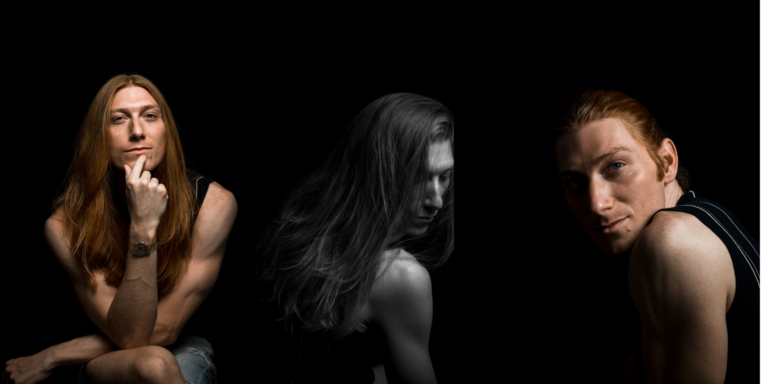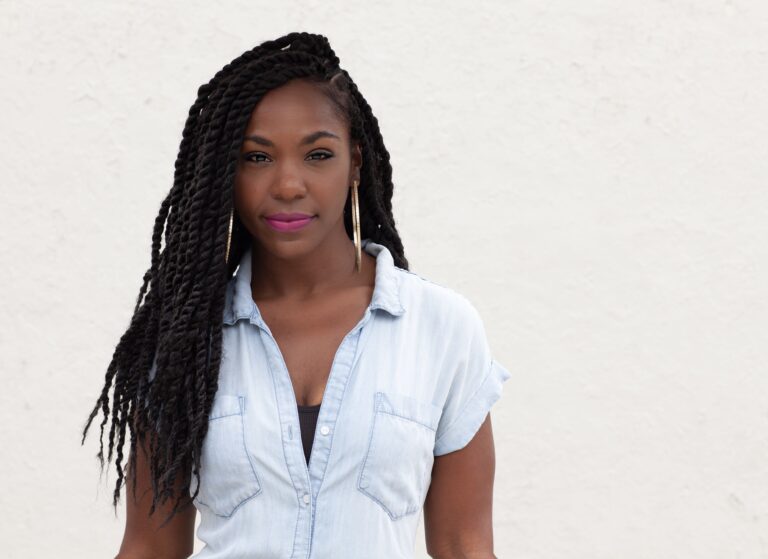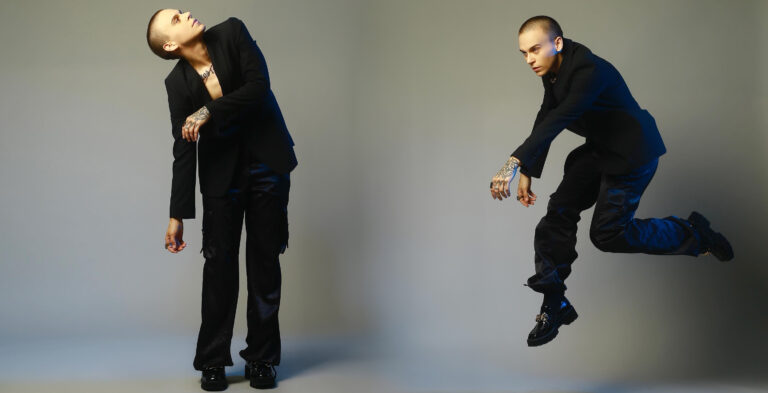
Sometimes dancer and choreographer Jason Williams can’t even listen to music. It can be too overwhelming.
“As a choreographer, sometimes I don’t want to hear any music at all. I sit in the apartment with no music playing, in silence, because my brain wants to make movement to the music. And I’m like, ‘No, we’re not doing that right now.’ ”
Williams has been cultivating his artistic voice by choreographing his whole life. His first professional gig was for the dance team at University of North Carolina, Wilmington, while he was still in high school. Shortly after graduating, he competed on “So You Think You Can Dance” Season 2, performed with several pop stars, including Lady Gaga, Miley Cyrus, Paula Abdul, and Beyoncé, and danced in Hairspray Live!, the High School Musical franchise, and Fame (2009). His most recent choreography credits include the Knicks City Dancers, The Laker Girls, Anderson Paak, Vic Mensa, Rico Nasty, Twin Shadow, I Put a Spell on You (in New York City), and “Bridge and Tunnel” (the TV series on EPIX).
Although Williams has performed on huge stages around the world, he’s always had “another pot on the stove”—teaching at local studios and traveling with dance conventions such as JUMP and Adrenaline.
Here, he shares how he turns musical inspiration into movement and enriches his students’ musicality.
Setting Music, Vocals, and Lyrics in Motion
Since music is the impetus for Williams’ movement, inspiration strikes anywhere. “I can be at a Starbucks, I can be at a lounge, I can be walking through a store, and I’m known to just, like, Shazam a song because the spirit of dance hits me.”
Before getting into a studio to set choreography, Williams takes his musical inspiration to the gym. “I do a lot of my choreography at the gym, on the treadmill while my body is doing something else,” he says. “I can just listen [to music] in my earbuds, where I can hear all the instrumentation. I can hear the guitar, the trombone, the strings, the whole thing. I’ll just dissect it. Then I’ll listen to it over and over and over and over again until I’m hearing and understanding the essence of it.”
Even more than the instrumentation, Williams gravitates towards the vocals and lyrics to guide his choreography. “I need to hear the story. I want to hear their tone, their breaths,” he explains. “It helps to direct the choreography and what I want to say with the piece or what I want to do with the movement.”
Because he dissects the song so much, Williams is able to tap into his signature movement style and play with jumping from the instrumentation to the lyrics. “I play with the tonality, the singer’s voice, and then go into the instrument,” he elaborates. “But then I’m back to the voice, and then highlight certain words with the choreography of what they are saying there, and then go back to the instrumentation here, and just play within all the tracks of the song. It makes it way more interesting to watch as a viewer, and it is way more interesting and more fun to do as a dancer, as well.”
Establishing Musicality at the Start of Class
In Williams’ class, dancers don’t just turn on their musicality once the combo starts. Williams sets the vibe from the first song in the warm-up. “My warm-up tends to be based on the mood that I’m in or the mood of the choreography for the class that day.”
With his warm-up playlist, Williams gets his dancers to set whatever mood they are creating that class. “If it’s going to be a jazz song that’s very upbeat, fun, and energetic, then I will do a fun, energetic warm-up just to get us in that direction. If it’s slow and somber, the music will match so we stay in that space the whole time.”
When teaching the combo, Williams will sometimes have his students clap out difficult rhythms. “I’ll clap or say it with the inflection and then make them repeat it back. And then I say, ‘Let’s do it until I know that you understand it.’ Because if you can say it, you can do it.”
He’ll then have students gather around and watch him mark the combo while he points out the (sometimes) hidden beats. The biggest compliment Williams can get from his students is, “I didn’t hear that beat or understand the song until I saw you dance to it.” If he can hear that, he says, his job is done.
Below, Williams shares a collection of recent songs he’s choreographed to.
- Bad Girl – Usher
- Pure/Honey – Beyoncé
- Seduces Me – Céline Dion
- The Pleasure Principle – Janet Jackson
- Tell Me Something Good – Rufus, Chaka Khan
- Never Too Much – Luther Vandross
- Padam Padam – Kylie Minogue
- She Works Hard For the Money – Donna Summer
- Love Language – Ariana Grande
- She’s a Bad Mama Jama (She’s Built, She’s Stacked) – Carl Carlton





